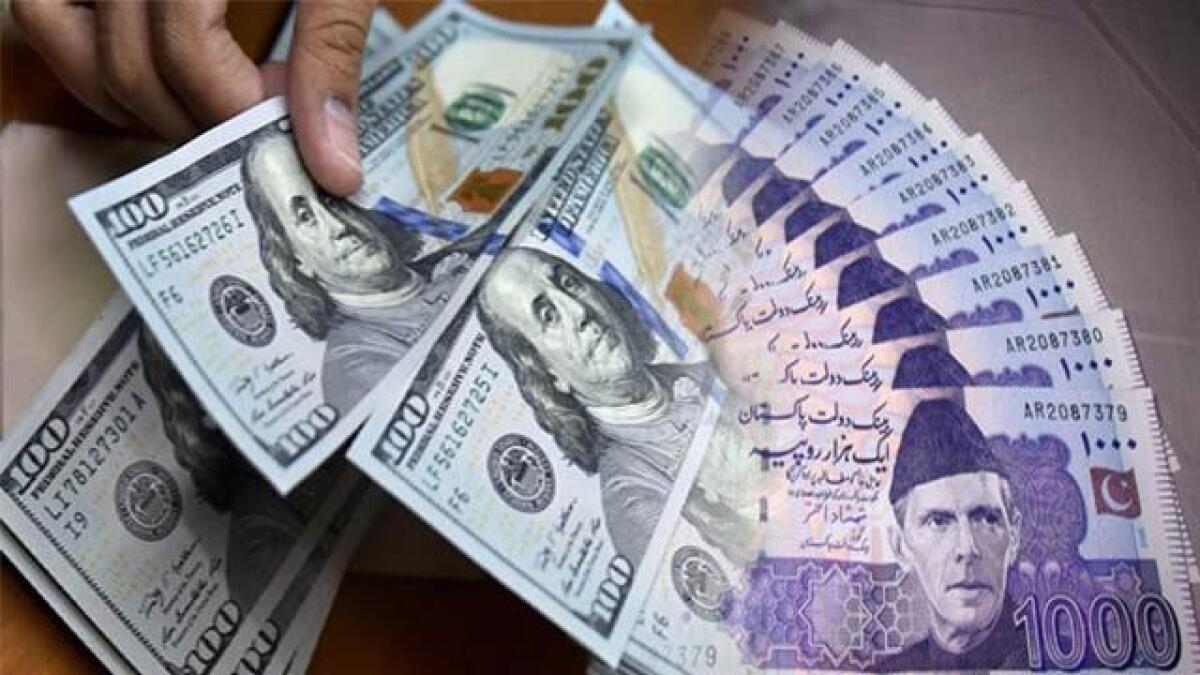Introduction To 1 USD to PKR
The exchange rate between the US Dollar (USD) and the Pakistani Rupee (PKR) has always been a topic of interest, not just for currency traders and financial experts but also for businesses, expatriates, and the general public in Pakistan. The conversion rate of 1 USD to PKR fluctuates due to various factors, including economic policies, global market trends, and political stability.
Why is the USD Important in Pakistan?
The US Dollar is one of the most widely traded currencies globally and serves as a benchmark for international trade, investments, and foreign reserves. In Pakistan, the USD holds immense significance for several reasons:
- Imports and Exports:
Pakistan imports goods like oil, machinery, and pharmaceuticals, which are mostly priced in USD. The cost of these imports directly impacts the exchange rate. - Foreign Debt:
A substantial portion of Pakistan’s foreign debt is denominated in USD. When the rupee depreciates against the dollar, it increases the burden of repayment. - Remittances:
A significant percentage of Pakistan’s foreign exchange reserves come from remittances sent by overseas Pakistanis. These are often sent in USD, making the currency crucial for maintaining reserves. - Investor Confidence:
International investors often gauge the stability of a country’s economy through the strength of its currency against the USD.
Recent Trends in 1 USD to PKR Exchange Rate
The exchange rate of 1 USD to PKR has experienced notable fluctuations over the years. In recent months, the PKR has witnessed depreciation due to:
- High inflation rates.
- A widening trade deficit.
- Political instability.
- Delay in international financial aid or loans.
For example, in 2023, the rate of 1 USD to PKR ranged between PKR 280 to PKR 305, depending on the economic conditions and the policies implemented by the State Bank of Pakistan (SBP).
Factors Affecting 1 USD to PKR Exchange Rate
Several factors influence the1 USD to PKR exchange rate, including:
- Monetary Policy:
The SBP’s interest rates and foreign exchange policies play a critical role in determining the exchange rate. - Inflation Rates:
High inflation in Pakistan weakens the rupee’s purchasing power, leading to depreciation against the USD. - Trade Deficit:
When Pakistan imports more than it exports, the demand for USD rises, causing the PKR to weaken. - Global Market Trends:
International economic conditions, such as rising oil prices, can impact the exchange rate. - Political Stability:
Political turmoil often leads to a loss of investor confidence, weakening the rupee.
A Comparison: 1 Pound to PKR
Just like the USD, the British Pound (GBP) is another major currency influencing Pakistan’s economy. The exchange rate for 1 Pound to PKR is often higher than USD to PKR due to the pound’s stronger valuation in the global market.
For instance, in 2023, 1 Pound to PKR fluctuated between PKR 340 and PKR 380, making it significantly higher than the USD rate.
Importance of 1 Pound to PKR Exchange Rate
- Trade and Imports:
The UK is a key trading partner for Pakistan, and many imports from the UK are priced in GBP. - Education and Migration:
A large number of Pakistani students study in the UK, and many families migrate there. The exchange rate directly impacts tuition fees and living expenses. - Remittances:
Remittances from Pakistani expatriates in the UK contribute significantly to Pakistan’s foreign reserves.
Impact of Currency Depreciation on Everyday Life
Both the USD to PKR and GBP to PKR exchange rates affect the daily lives of Pakistanis in several ways:
- Increased Prices of Imported Goods:
A weak PKR makes imports more expensive, increasing the cost of essential goods such as fuel and medicines. - Higher Education Costs:
For students studying abroad, currency depreciation means higher expenses for tuition and accommodation. - Travel:
Traveling to countries like the US and UK becomes more expensive as the exchange rate rises. - Inflation:
A weak PKR often leads to higher inflation, reducing purchasing power for the average Pakistani.
Strategies to Manage Exchange Rate Volatility
The government and SBP can take steps to stabilize the PKR:
- Boost Exports:
Increasing exports can help earn more foreign currency, reducing reliance on the USD. - Attract Foreign Investment:
Policies that attract foreign investors can bring in much-needed USD and GBP. - Control Inflation:
Measures to keep inflation in check can help stabilize the PKR. - Negotiate Favorable Trade Deals:
Reducing the trade deficit through balanced trade agreements can lower pressure on the exchange rate.
Exchange Rate Predictions for 2024
Experts predict that the 1 USD to PKR exchange rate could stabilize if the government enforces strict economic policies and secures international aid. However, challenges like political instability and global economic conditions could hinder progress.
For 1 Pound to PKR, the rate is expected to remain high but may show minor improvements with better trade relations and economic reforms.
Conclusion
The exchange rates of 1 USD to PKR and 1 Pound to PKR are critical indicators of Pakistan’s economic health. While fluctuations in these rates are influenced by global and local factors, their impact is felt across various sectors of the economy. Efforts to stabilize these rates require strong policies, political stability, and global cooperation.
Understanding these dynamics can help individuals and businesses make informed financial decisions, whether they are trading currencies, importing goods, or planning education and travel abroad.

